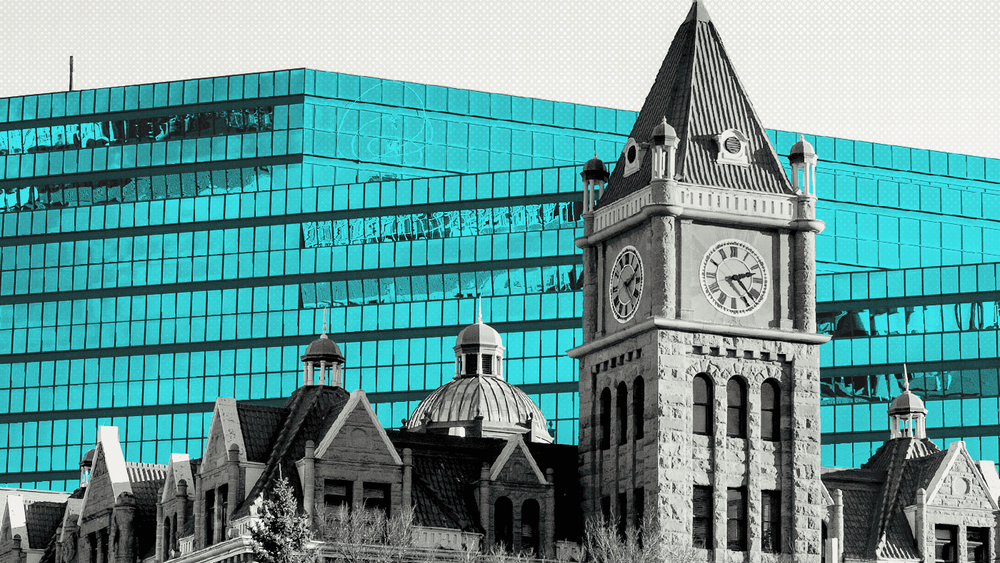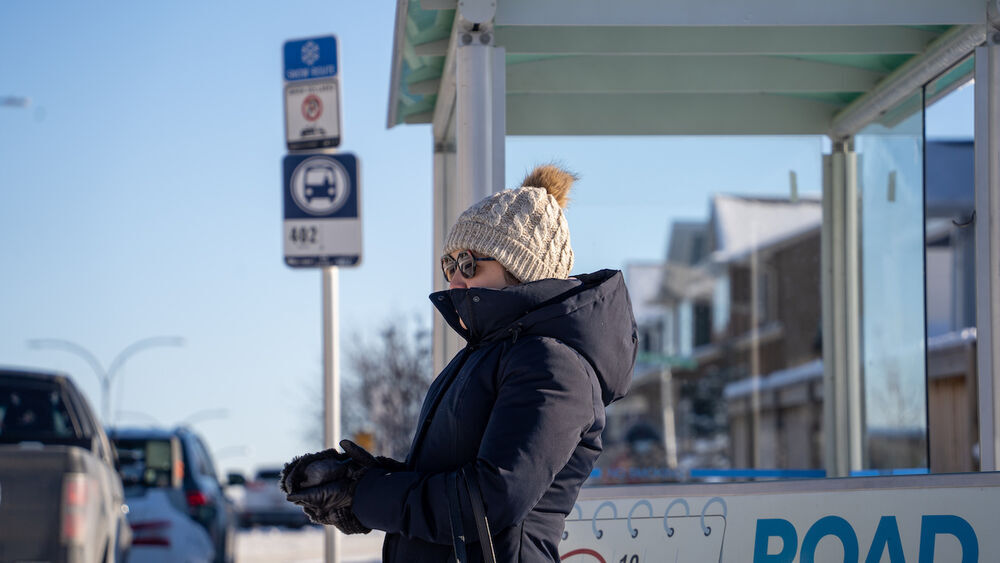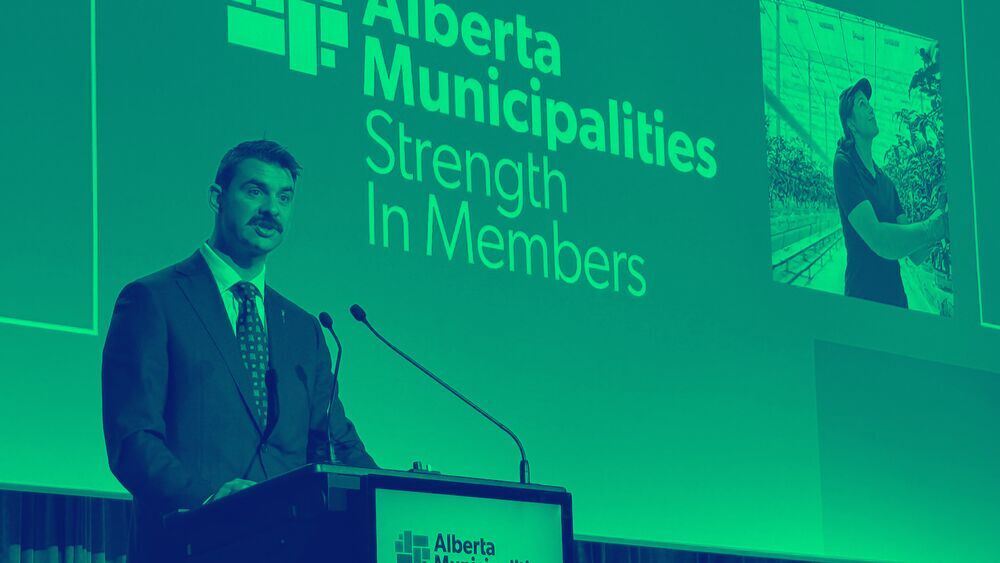
Photo: Jeremy Klaszus
We mustn’t rebuild the same inequities
This is a chance to transform city life — for everyone.
Inequities in society are nothing new, yet this pandemic is amplifying them in ways unlike anything I’ve experienced before.
While one person stays home and perfects their sourdough, another person leaves their home for a risky minimum-wage job deemed essential. Others don’t have a home, making following health directives and social distancing all but impossible.
A few weeks ago I spoke with a man who works at the JBS meat-packing plant just outside of Brooks. The day before our conversation, he received a phone call telling him he had tested positive for COVID-19.
The news wasn’t entirely unexpected for him. A forklift operator, he knew of more than a dozen colleagues on his overnight shifts who were now sick. He said sharing equipment on the job had put the group at a heightened risk.
But still, hearing he had tested positive left him feeling shocked.
“I cried last night. I never slept,” he told me. “I was thinking if I die, what’s going to happen? I was thinking lots of things.”
We’re all living through the same weird times, but our experiences are utterly different.
The man, who asked to remain anonymous over fears of workplace reprisal, lives alone. His wife lives in Ethiopia and is six months pregnant with their first child. She was supposed to join him in Canada, where he’s lived for seven years, but the pandemic has quashed that plan for now.
In our conversation, he told me he wasn't going to tell his wife about his positive test results. He didn't want to worry her.
This conversation is a stark example of something I’ve experienced again and again during this pandemic. We’re all living through the same weird times, but our experiences are utterly different.
That’s not to diminish what each of us frets about.
Embracing the sadness, fear and anger
In the last few months I’ve turned back to an article I read early on in the pandemic, "That Discomfort You’re Feeling is Grief."
In it, grief expert David Kessler tells Harvard Business Review: “We tell ourselves things like, I feel sad, but I shouldn’t feel that; other people have it worse. We can—we should—stop at the first feeling. I feel sad.”
“Your work is to feel your sadness and fear and anger whether or not someone else is feeling something,” he goes on.
This is work I’ve embraced. I’ve felt sadness over not being able to see my Granny in her long-term care home. I’ve felt fear for my friends on maternity leave, who are facing the postpartum period alone. I’ve felt anger reading about the life and death of Hiep Bui, the first worker to die of COVID-19 at the Cargill meat-packing plant in High River.
Now we seem to be at a collective turning point.
As the number of new COVID-19 cases slows and restrictions ease, the phrase “new normal” is being thrown around a lot, with many predictions on what daily life could look like.
While there are endless details to consider in this reopening, let’s not lose sight of the bigger picture. What do we want to return to when all this is over?
It’s a tricky question to answer, considering the disconnect between all our pandemic experiences. Many people seek a return to normal—to life as it was pre-pandemic. But for others, as this pandemic has shown, normal was not a good place to be.
The road to a better future
A chunk of the conversation on next steps for cities has focused on reallocating streets to give people more space to bike and walk. Milan, for example, is transforming 35 kilometres of streets into cycling and walking spaces.
“The Milan plan is so important because it lays out a good playbook for how you can reset your cities now,” Janette Sadik-Khan, a former transportation commissioner for New York City who is working with Milan and other cities, told The Guardian.
I do hope Calgary considers this once-in-a-lifetime opportunity to look at its streets, but let’s not stop there.
“It’s a once-in-a-lifetime opportunity to take a fresh look at your streets and make sure that they are set to achieve the outcomes that we want to achieve: not just moving cars as fast as possible from point A to point B, but making it possible for everyone to get around safely.”
I do hope Calgary considers this once-in-a-lifetime opportunity to look at its streets, but let’s not stop there.
We have the same chance to transform so many facets of city life, from ensuring everyone has a home to stay home in, to improving the conditions of workers in our food supply chain.
When I was talking to the worker at JBS, listening to him recount his sleepless night alone after he received his test result, I was shaken when I thought about how common his experience is.
Hundreds of workers at JBS in Brooks and Cargill in High River also tested positive, receiving a phone call just like this man did, their minds running through countless worries—about their health, their family, their job, their future.
As we all let ourselves feel our own sadness and fear and anger, let’s take time to also consider each other’s sadness and fear and anger.
And let’s use that to inform what we want to return to when all this is over.
Cailynn Klingbeil is a freelance journalist based in Calgary. Her writing has appeared in numerous publications including The New York Times, The Guardian, The Globe and Mail and CBC.
Now more than ever, we need strong independent journalism in Alberta. That's what The Sprawl is here for! When you become a Sprawl member, it means our writers, cartoonists and photographers can do more of the journalism we need right now. Become a Sprawl member today!
Support independent Calgary journalism!
Sign Me Up!The Sprawl connects Calgarians with their city through in-depth, curiosity-driven journalism. But we can't do it alone. If you value our work, support The Sprawl so we can keep digging into municipal issues in Calgary!



